Filter by Category
Children’s Film Society
1955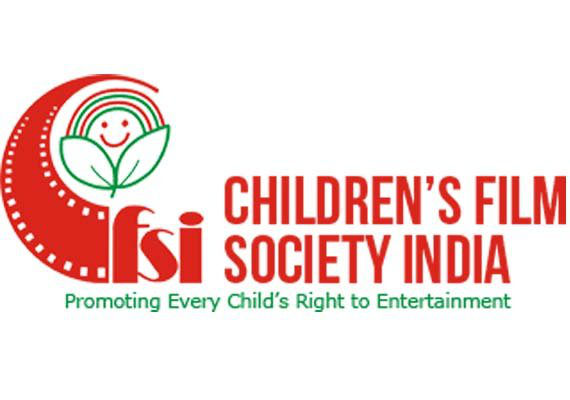
India
The Children’s Film Society India (CFSI) was established in 1955 as a registered society with state funding to produce and distribute films for children.
Read more Crazed Fruit and Yūjirō Ishihara
1956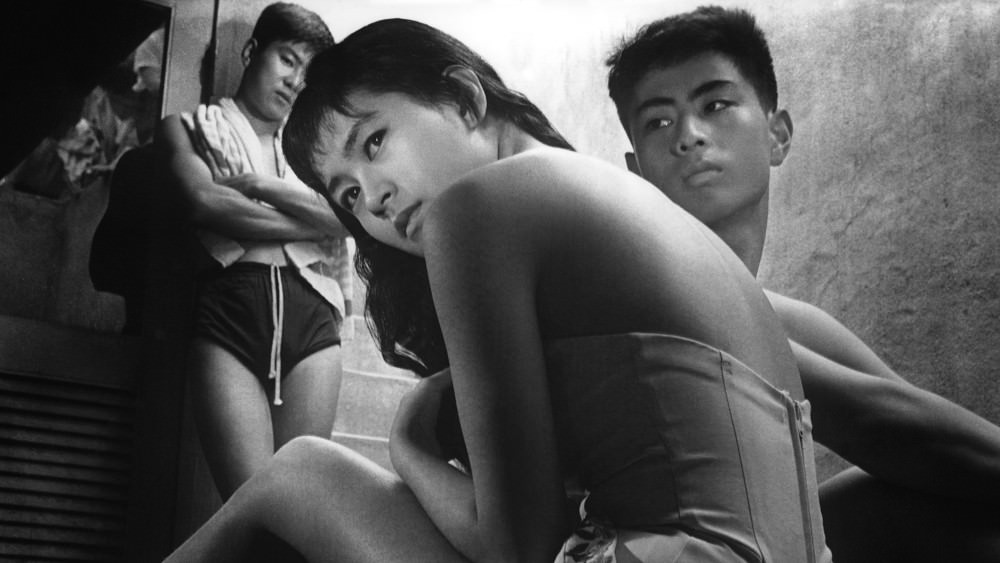
Japan
Probably the most well-known of the films, Crazed Fruit centres on a love triangle between two college-age brothers, Natsuhisa (Yūjirō Ishihara) and Haruji (Masahiko Tsugawa), and the object of their affections, Eri (Mie Kitahara) (Yūjirō and Kitahara married in 1959).
Taiyōzoku Films: Season of the Sun
1956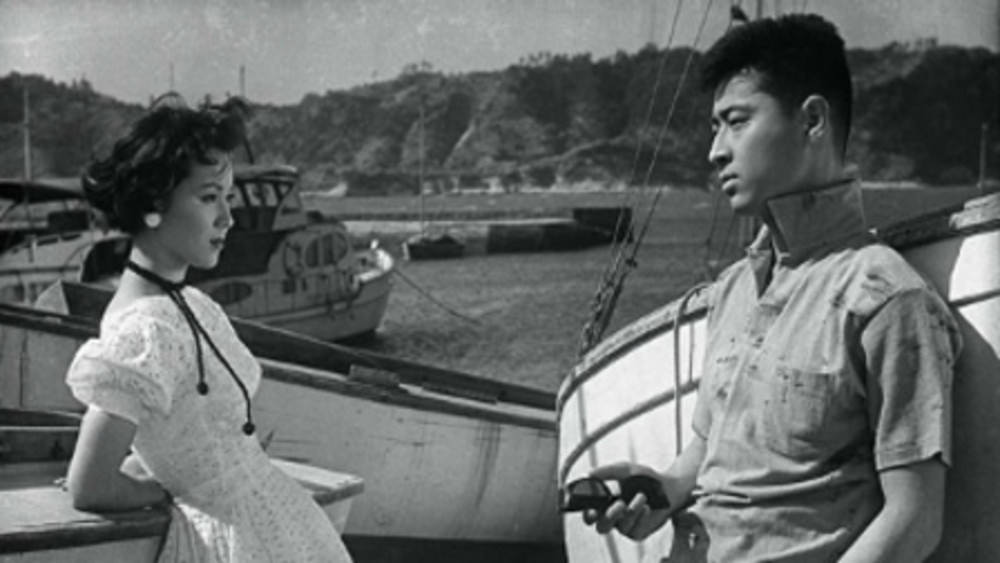
Japan
First published as a novella in 1955, Season of the Sun is a classic Japanese story of problem youth and along with Crazed Fruit the most famous of the taiyōzoku films.
Read more Cinematograph Amendment Act 1959
1959India
The Cinematograph Amendment Act 1959 connected in Indian law the principle of freedom of speech and expression and the practice of censoring film.
Read more Cruel Story of Youth
1960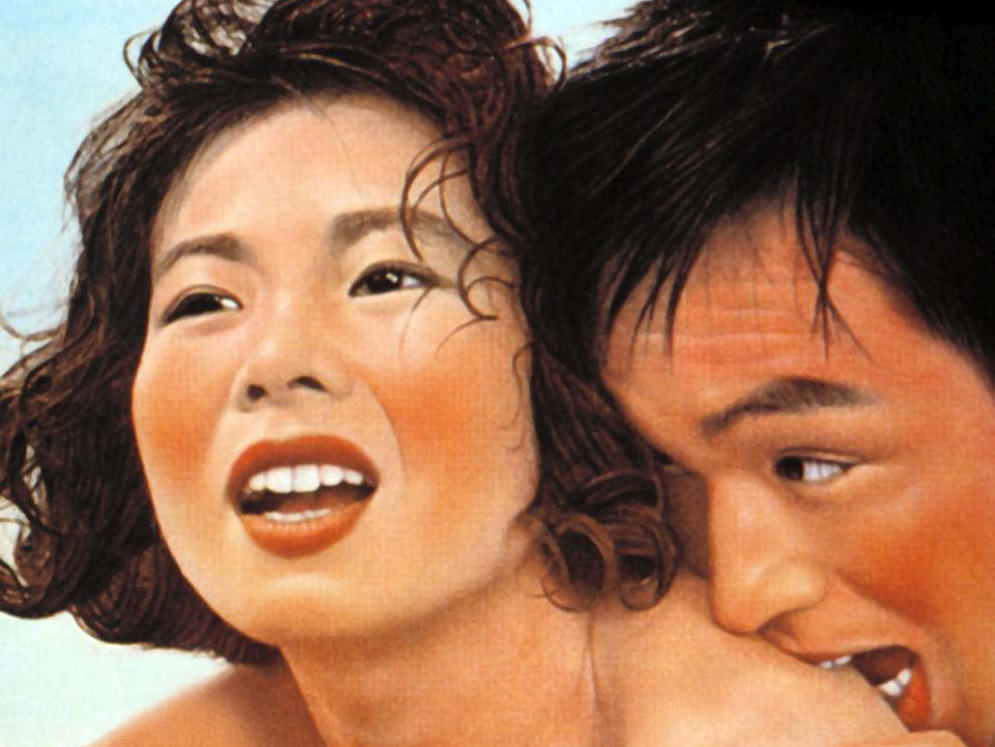
Japan
Following his debut film, A Town of Love and Hope (1959), Nagisa Ōshima released his first colour film Cruel Story of Youth (Seishun Zankoku Monogatori) in 1960.
Read more Film Finance Corporation
1960
India
The National Film Development Corporation (NFDC), formerly the Film Finance Corporation (FFC), is India’s state funding body for films. The 1927 Indian Cinematograph Committee recommended such a state-sponsored agency in its Report of the Indian Cinematograph Committee.
Read more Shammi Kapoor and Junglee
1961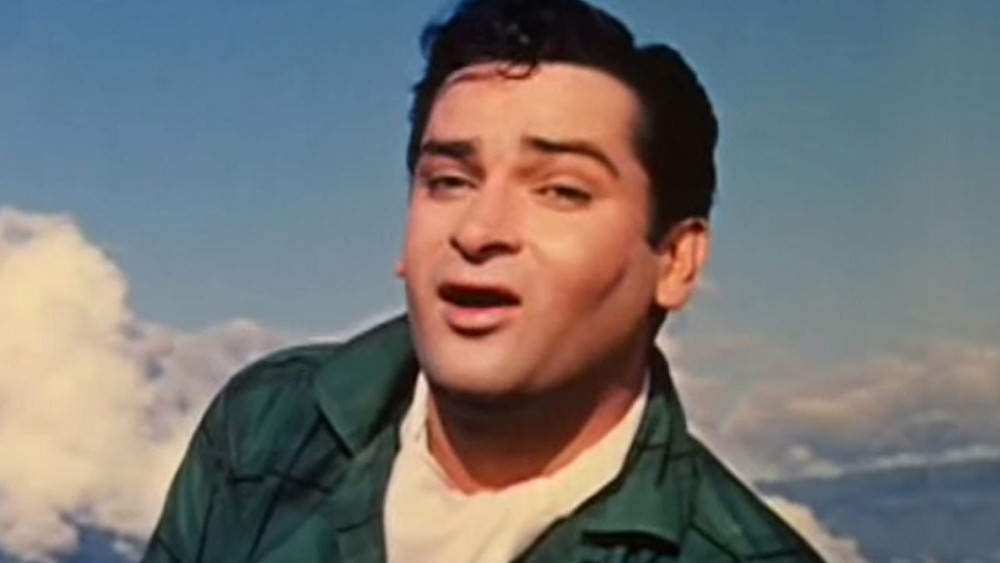
India
Shammi Kapoor (born Shamsher Raj Kapoor) was an Indian film actor and director from the famous filmmaking Kapoor family. Junglee (The Savage One, 1961) was Kapoor’s first colour movie and it cemented his stardom.
Read more Market of Flesh and Pinku Eiga
1962Japan
Market of Flesh (Nikutai no Ichiba; also Flesh Market, 1962) is widely regarded as the first of Japan’s “pinku eiga”, or pink films. A week after its release, the Tokyo Metropolitan Police ceased its exhibition and confiscated the prints and original negative from the OP Eiga studio, on the grounds that Market of Flesh had potentially violated Article 175 of the Japanese Constitution.
Read more Black Snow on Trial for Obscenity
1965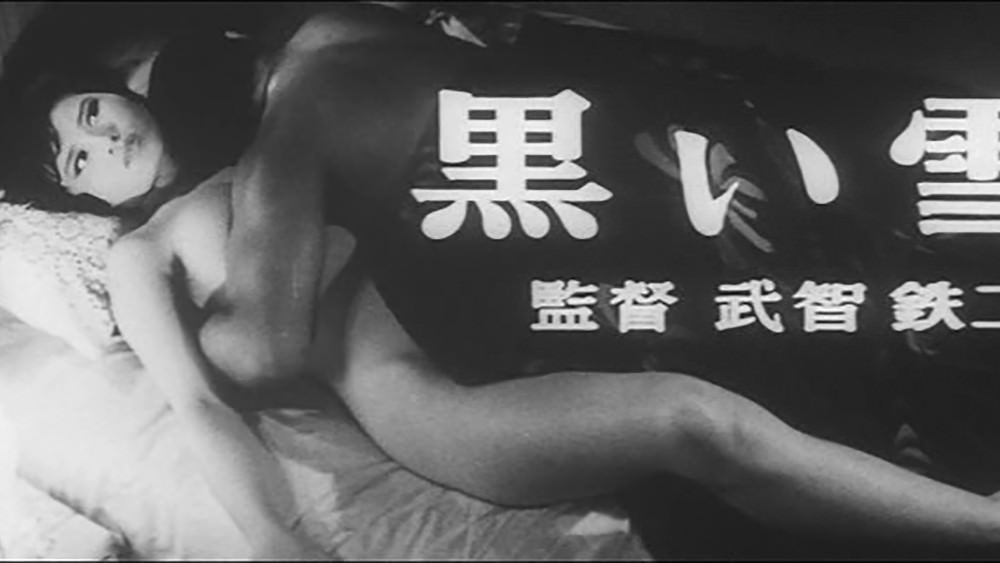
Japan
Black Snow (Kuroi Yuki, 1965) is significant as the first film subject to a trial under obscenity law despite having passed inspection by Eirin.
Read more Khosla Committee Report
1969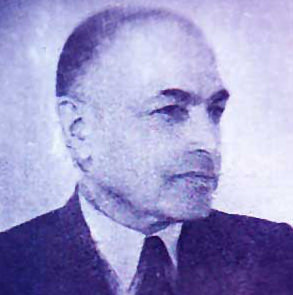
India
The Enquiry Committee on Film Censorship, popularly known as the Khosla Committee, published its report (“Report”) on 26 July 1969. This committee was appointed on 28 March 1968, following public concern over increasing sex and violence in cinema.
Read more